Do you think it’s possible to complete an ultra distance race on a low-carb, high fat diet? If you responded no, think again! Although this concept may seem strange as most endurance athletes rely on a heavier carb diet during races, focusing on fat as a fuel source is a viable alternative. Despite the fact that our bodies naturally prefer to feed on carbohydrates, dietary fats are able to provide energy to the brain and the body in a safe way. While this method of approach is possible, everybody is different and what works for some may not work for others. The only way to determine what works best for you is through trial and error.
If you’re curious as to how your body is able to adapt to utilize more fat and less glycogen stores during a race, then this article is for you!
Your body using fat
If you are an endurance athlete of any kind, the idea of a highfat diet might sound appealing since our bodies store vastly more fat than glucose, allowing for a more sustained source of energy. How much more? Well, while muscle glycogen provides between 1,200-2,000 kcal of energy, adipose tissue can store up to 100,000 kcal of energy!
The adipose tissue is where fat is predominantly stored, although some fat is stored within the muscle itself. At the start of exercise, the body will naturally increase lipolysis (the breakdown of fats into fatty acids and glycerol) in the adipose tissue and muscle to fuel the body. This process coincides with glycogenolysis: the process of breaking down glycogen into glucose to provide immediate energy. Your body naturally prefers carbohydrates as its main source of fuel for the body and the brain, so how can your body switch from depending on carbohydrates to fats? Well, after a few weeks of a low-carb high-fat (LCHF) diet, your body goes through some metabolic changes. Specifically, your body’s glycogen levels significantly decrease while hepatic ketone production increases dramatically to replace glucose as the brain’s primary energy source. Meanwhile, fatty acids are broken down from fat to supply the majority of energy for skeletal muscle. This is a metabolic state termedketosis: simply put, when the body does not have enough glucose for energy, it burns stored fats instead, resulting in a buildup of ketones within the body.

Factors affecting fat oxidation
There are several factors that affect fat oxidation efficiency, the most important one beingexercise intensity and duration. It is well proven that fat oxidation increases from low to moderate exercise intensities and decreases from moderate to high exercise intensities. The only proven way to increase fat oxidation during exercise is through regular physical activity; endurance training in particular is known to enhance an athlete’s capacity for fat oxidation during exercise. Furthermore, fat oxidation becomes increasingly important as exercise progresses. During ultra-endurance exercise, fat oxidation reaches its peak, but may be reduced if carbohydrates are ingested before or during exercise.
Another factor affecting fat oxidation is yourdiet. A high carb low fat (HCLF) will suppress fat oxidation since the body naturally burns glycogen for energy instead of fat. Additionally, carbohydrate consumption raises the blood’s insulin levels which suppresses fat oxidation. On the other hand, a LCHF diet increases the body’s ability to use fat at any given exercise intensity since there is little or no glycogen stores left. However, this adaptation comes with a decreased ability to use carbohydrates during exercise, resulting in a reduced capacity to perform higher-intensity exercise.
The verdict on LCHF diets
Currently, there is very little research out there that is in favor of a high fat diet for endurance sport performance. The majority of the studies conducted have found that performance in endurance activities, such as cycling and triathlons, remains largely unchanged when on a high fat diet. On the other hand, performance in high intensity exercise, such as sprinting, actually decreases when consuming a high fat diet. A reliance on fat limits the intensity of exercise that can be performed and severely restricts the capacity to perform anaerobic activities. This is due to the decreased availability of carbohydrates for glycolysis, which is the body's fastest energy producing mechanism for intense work. Essentially, it seems that an improved ability to oxidize fat during exercise would be beneficial if endurance athletes only trained and competed at low intensities.

Advantages of fueling with fat
With a reduced reliance on carbohydrates, you won’t have to carry sources of carbohydrates during training or races. This takes away the burden of worrying about not eating enough during races as fat provides a more consistent stream of energy. That being said, if you are someone who has trouble consuming the recommended intakes of energy and carbohydrates for events, fat adaptation may be worth a try. You will also have a lesser chance of “bonking” during a race, which occurs when your carbohydrate stores run out. As well, the risk of stomach pains and gastrointestinal distress from eating during training is decreased. Long term adaptation to LCHF diets can also result in metabolic benefits including a higher rate of fat oxidation and lower rate of carbohydrate oxidation.
Disadvantages of fueling with fat
In non-fat adapted athletes, low carbohydrate availability increases muscleprotein breakdown and in severe cases, can eventually lead to a loss of skeletal muscle mass. In reality, many athletes report feeling terrible on high fat diets and report symptoms such as lethargy, headaches, fatigue, difficulty keeping pace, and an increased effort perception. Additionally, it may be difficult to continue performance at high intensities.
In conclusion...
As of now, there is no consensus on the effects of a LCHF diet in endurance athletes. Therefore, there are no set guidelines for following a low carb high fat diet: it is up to you to experiment what works for you. Even though this strategy has worked for some athletes, it’s always important to individualize a nutrition plan to an athlete: there is no one size fits all approach. Keep in mind that this article is for educational purposes only; we are not preaching a HFLC diet!Whatever you do, still keep in mind other aspects of goodnutrition, including a diversity of food sources, less processed foods, complete protein sources, and high fiber foods!























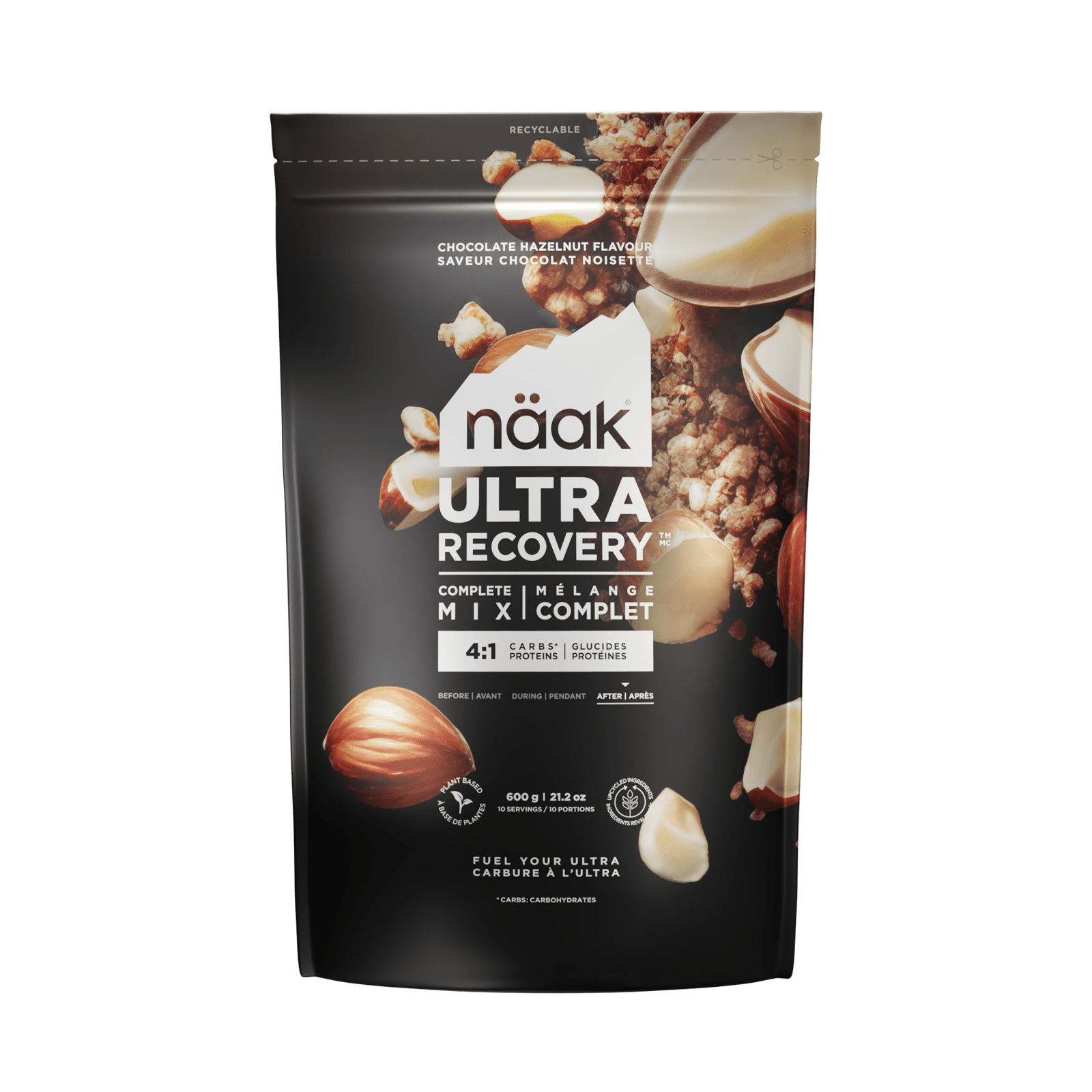
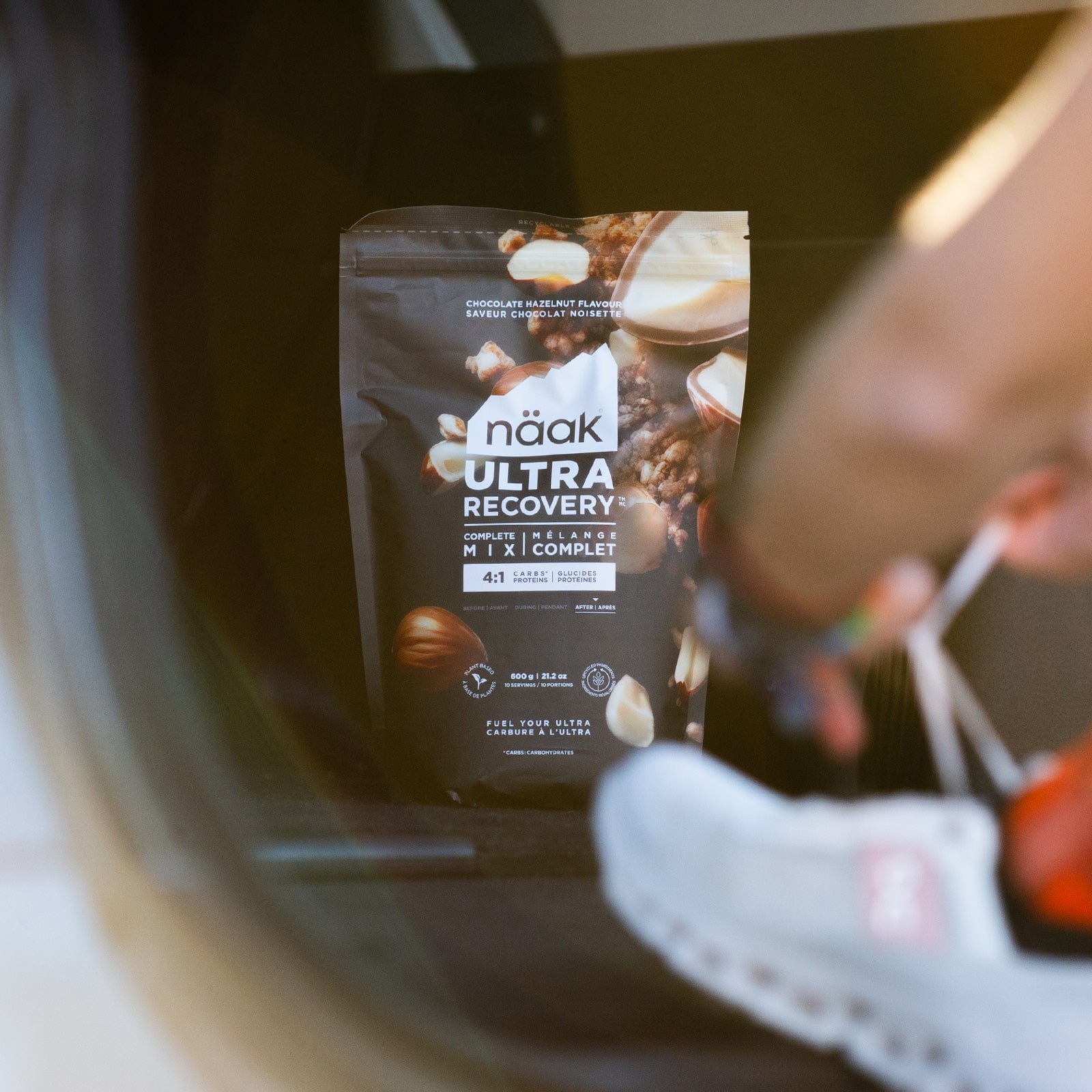
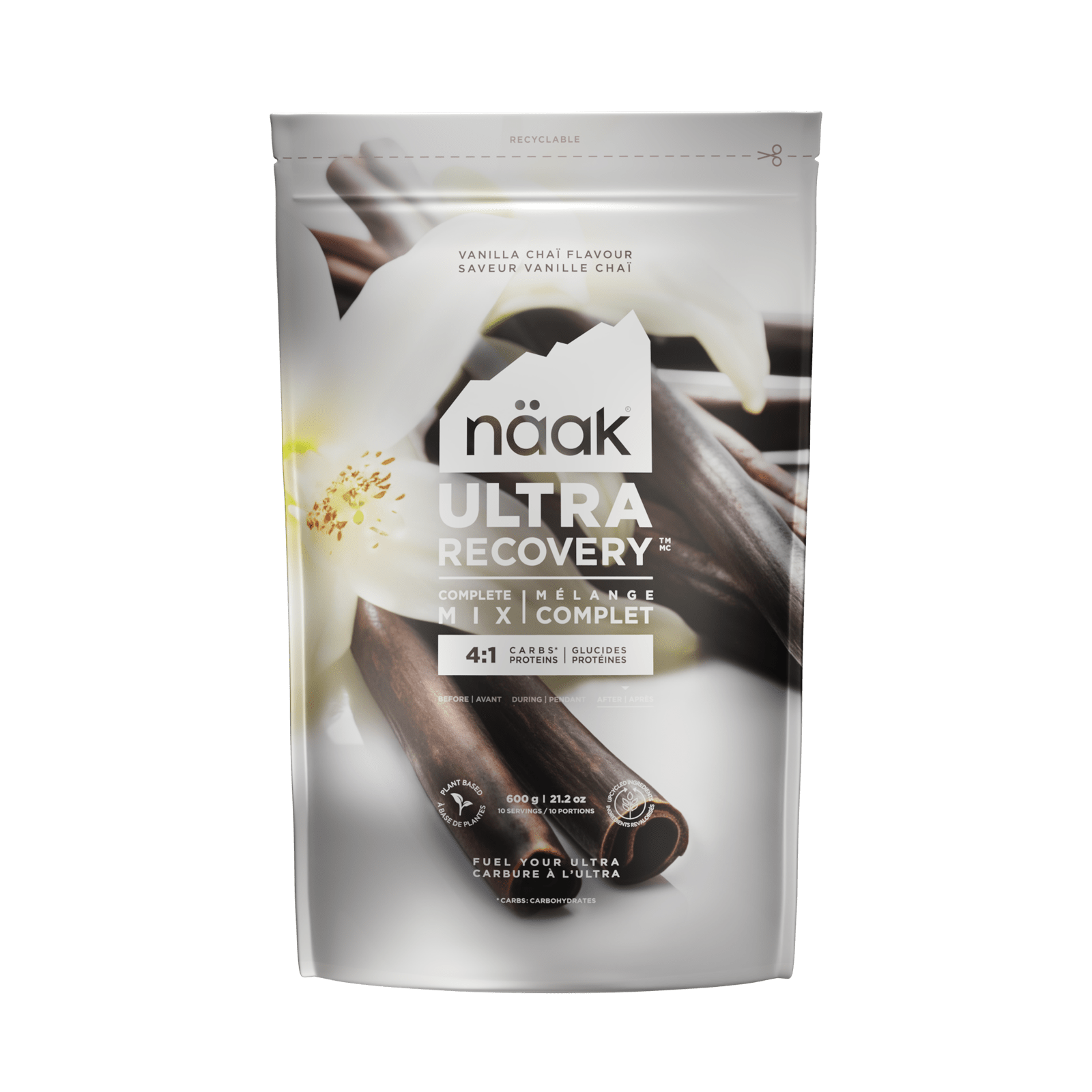
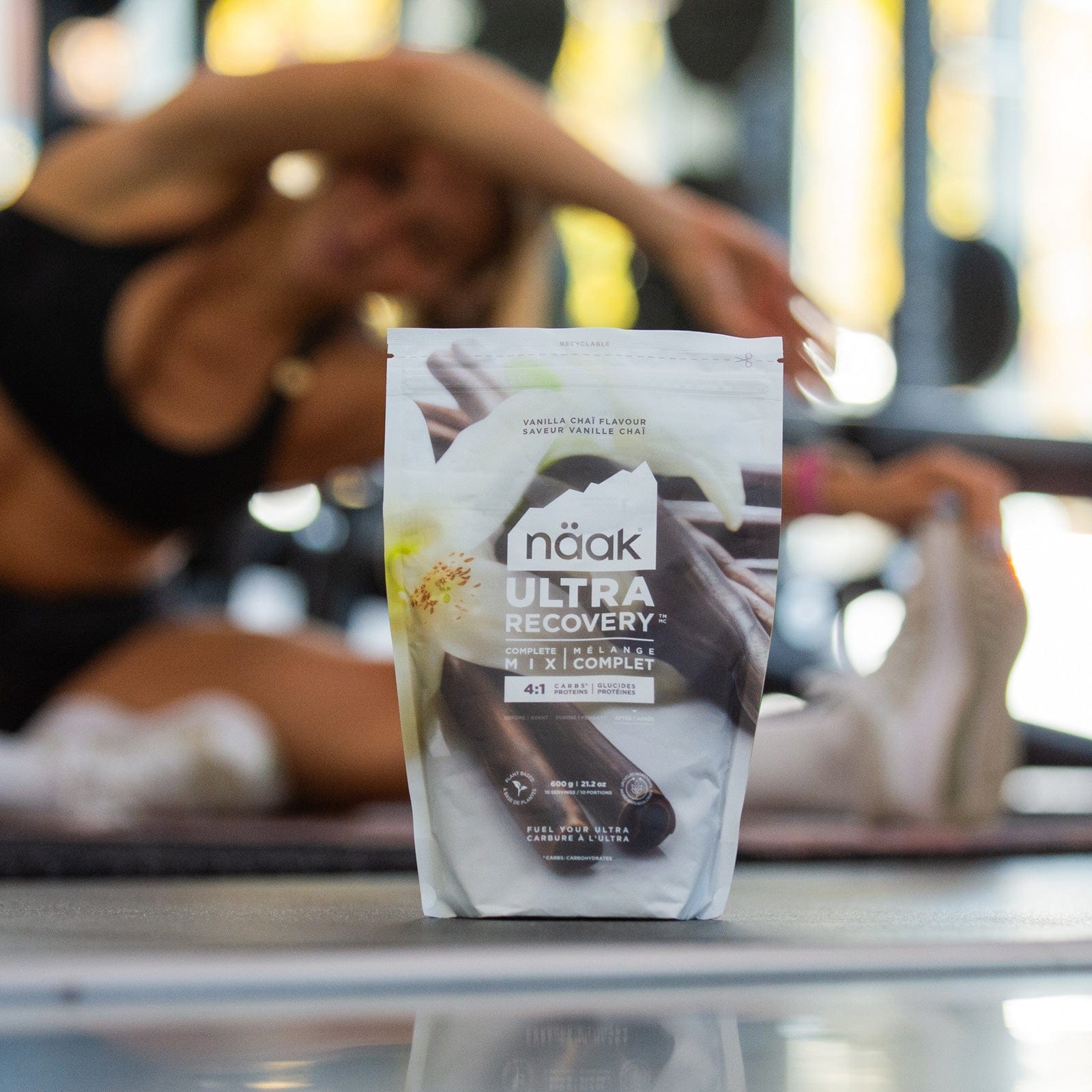



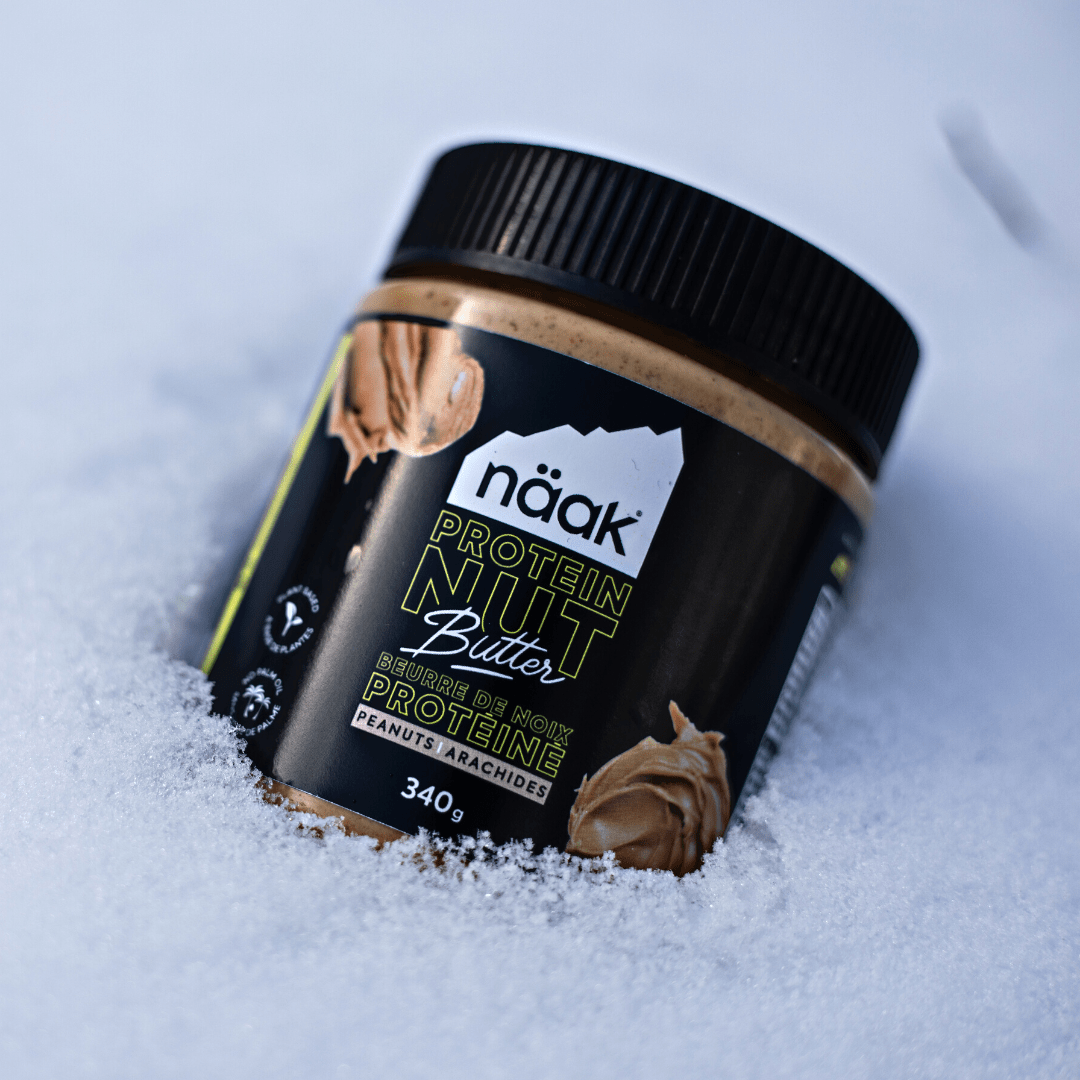
Leave a comment (all fields required)